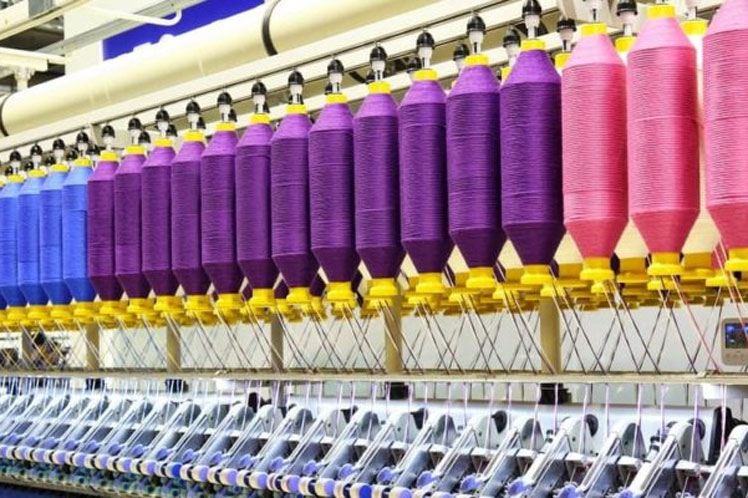Such regulations will be of particular significance for developing countries and emerging economies, providing comprehensive and practical advice on how to eliminate, reduce and control all major hazards and risks in this sector.
The new code, based on international labor standards and other sectoral guidelines, has adopted measures to protect employees from chemical substances, ergonomic and physical hazards, tools, machines and equipment, as well as building and fire safety.
‘Having spent the past 50 years regulating, enforcing and, in particular, promoting occupational safety and health, I can personally attest to the fact that the adoption of this ILO Code of Practice is a milestone in the textiles, clothing, leather and footwear industries,’ said Jukka Takala, chair of the experts’ meeting that adopted the code.
Worldwide, about 2.8 million workers die every year from work-related injuries and diseases in different sectors. A further 160 million workers suffer from work-related diseases, and 374 million workers experience non-fatal injuries. More than four per cent of the world’s annual gross domestic product (GDP) is lost as a consequence of work-related injuries and diseases.
Director of the ILO Sectoral Policies Department, Alette van Leur added: ‘The COVID-19 pandemic has reminded all of us of how important safety and health, and a human-centred approach are, if we want to build forward better.
mh/ll/oda / crc









